Meet the Samsung Galaxy S21, the upcoming iPhone killer
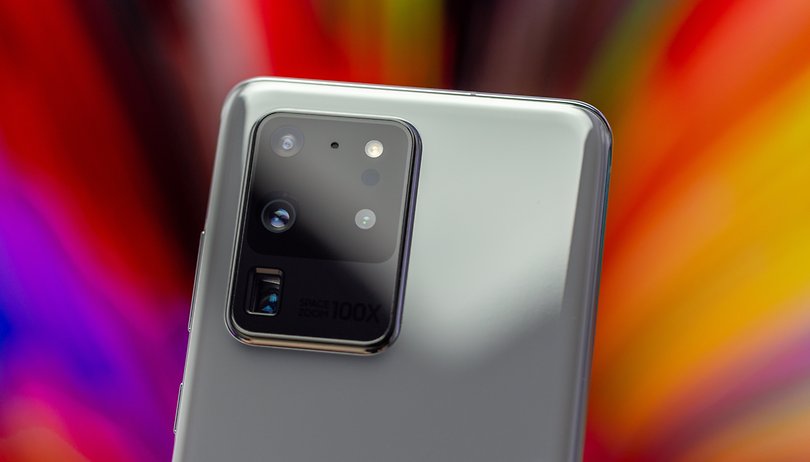

You can think of what you like about the new iPhone 12 models - the camera on the most expensive iPhone 12 Pro Max is impressive on paper. This can be mainly attributed to the large image sensor, which thus offers each pixel plenty of space for optimal light incidence. As rumours have started to spread, the Samsung Galaxy S21 could perform better than that. It seems that current developments in smartphone cameras are really interesting!
In the past, there have been rumours that the Samsung Galaxy S21 will sport a triple camera setup for the standard version of the phone, while the Ultra model will carry a quad-camera configuration. Leaker Ice Universe has now published additional details about the camera system of the Galaxy S21 Ultra for the first time while promising the "strongest optical zoom system known [in a smartphone] so far".
Galaxy S21 Ultra
— Ice universe (@UniverseIce) November 15, 2020
3X 1/2.8" 10MP 1.22μm 2PD
10X 1/2.8" 10MP 1.22μm 2PD
Is the strongest optical zoom system known pic.twitter.com/jDh86FfV4t
According to this, the flagship smartphone should come with a 10x optical zoom. As for the exact focal length of the zoom lens, there has been nothing available from the leaker to date. It pays to mention that IceUniverse did talk about the size of each pixel and that is what makes everything so exciting. Apparently, Samsung uses a 1/2.8 inch sensor with 10-megapixels for its telephoto lens and thus achieves a pixel size of 1.22 μm (micrometre). The pixel size thus almost matches the pixels of the main camera of the iPhone 12 Pro Max, which currently receives a lot of praise for this feature.
Larger tele-pixels than the iPhone?
Pixels on a camera sensor absorb light, and the smaller they are, the less light is available for you to gather information. For this reason, smaller pixels must be more sensitive and therefore runs the risk of increased interference, which is also known as image noise. Apple's decision to settle for just 12-megapixels on the new iPhone 12 Pro Max is therefore conducive to deliver better image quality. The 1.7-micron pixels can absorb a lot of light for a smartphone, but the lower resolution only becomes a problem if you want to zoom in on the image.
This is exactly why the leak about the Galaxy S21's cameras is very exciting. Because the pixel size of the telephoto still remains relatively large at 1.22 micrometres. For comparison: The telephoto lens of the iPhone 12 Pro Max only provides each pixel with exactly one micrometre of space. In addition, the Galaxy S21 has a high optical magnification level, which according to Ice Universe is supposed to translate to a 10x increase in focal length. The need to digitally zoom in on the subject again afterwards is thus reduced as opposed to the iPhone.
The main sensor probably follows the footsteps of China handsets
However, the assumption that Samsung is now making a U-turn from the megapixel craze in the smartphone industry does not seem to be confirmed. Because in addition to the moderate megapixels in the additional sensors, the leak also confirms the already seen 108-megapixel sensor in the main camera. Information on Slashleaks, however, includes the addition of the words "Second Generation" which indicates that Samsung will be using an improved version of the 108 MP sensor that is found in the Galaxy S20 Ultra.
#Samsung - #GalaxyS21 - Galaxy S21 Series Specs https://t.co/hCcD7fmozO pic.twitter.com/HKbNjuvsQS
— /LEAKS (@Slashleaks) November 15, 2020
Such high resolutions in smartphones offer the advantage of pixel binning. This usually involves combining four pixels into one superpixel. The resulting image, therefore, has a resolution of "only" 32 megapixels, but should have less noise and is sharper compared to raw data. Fans of smartphone cameras should take note of the introduction of the new Galaxy devices, though. Last year, Samsung proved a point with the Space Zoom feature that the Galaxy series can keep up with Huawei's P series and last year's iPhones.
What do you think is more important for smartphone cameras - a higher resolution or larger pixels? Do you welcome Apple's decision to use larger sensors or are 12 megapixels too few for your everyday life?







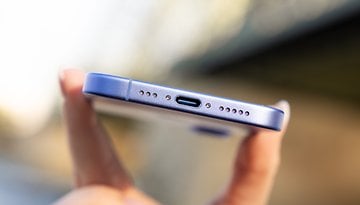
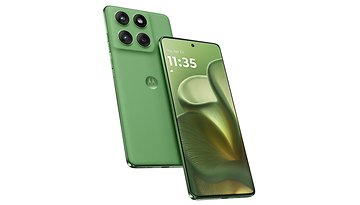





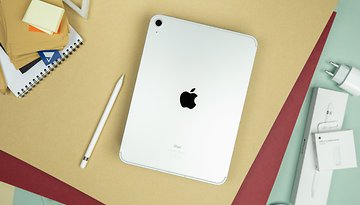
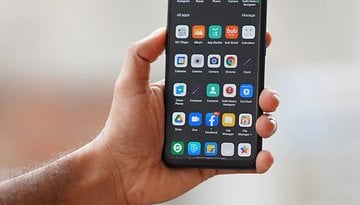
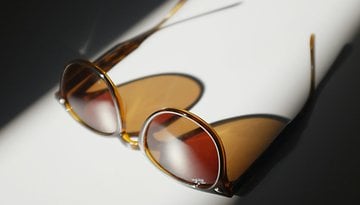



-
Admin
Nov 17, 2020 Link to commentPhones are for communications and cameras are for photos. The only thing this contraption will kill is some wallet
Another Exynos trash.